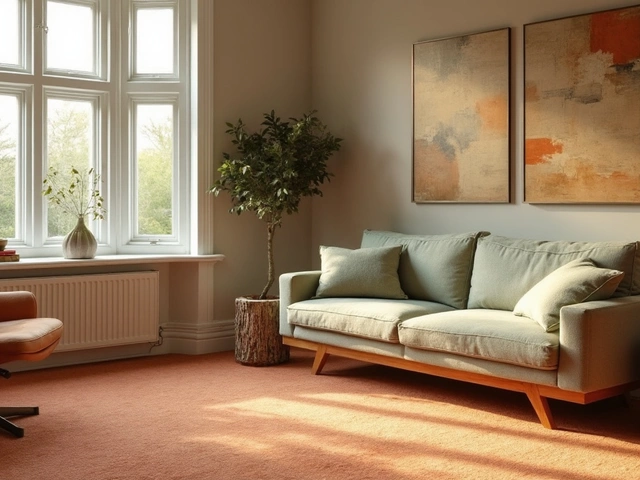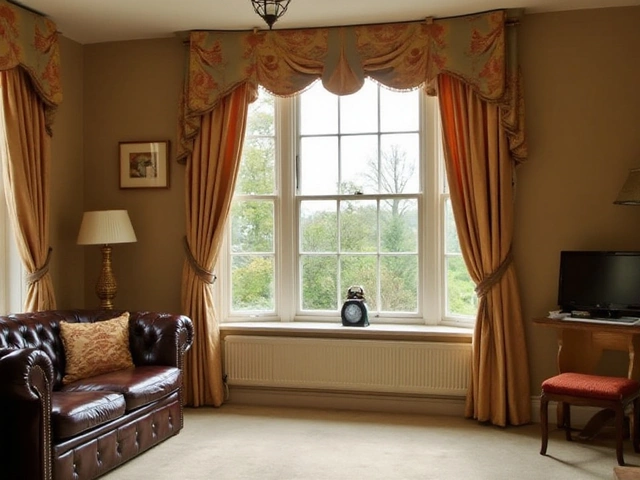Investment Guide: Getting the Best Value for Your Home Goods
When you think about buying a new lamp, sofa or rug, it's easy to treat it like a one‑off splurge. But what if you saw each piece as an investment? Treating your home purchases like assets can save you money and keep your space looking fresh for years.
Why Treat Home Purchases as Investments
First off, good quality lasts longer. A well‑made chair won’t wobble after a few months, so you avoid replacement costs. Second, timeless style holds its resale value. If you ever need to move or sell, classic pieces fetch a better price than trendy items that age quickly. Finally, investing in durability means fewer repairs, which adds up to real savings.
Smart Ways to Stretch Your Budget
Start by setting a clear budget for each room. Know the maximum you’re willing to spend before you start scrolling. Then, compare materials – a solid wood coffee table will cost more upfront but outlast a cheap particleboard version. Look for sales on high‑traffic items like bedding or curtains; many retailers discount seasonal stock by up to 40%.
Another tip is to mix high‑end pieces with budget finds. A statement mirror or designer sofa can become the focal point while cheaper side tables fill the gaps. This balancing act gives you a luxe feel without breaking the bank.
Don’t forget to check out second‑hand stores or online marketplaces. Often you’ll find gently used furniture that’s still in great shape. Clean it up, maybe give it a fresh coat of paint, and you’ve turned a cheap find into a solid investment.
Keep an eye on warranty and return policies. A product with a solid warranty shows the maker stands behind it, which is a good sign of durability. If something goes wrong early, you won’t be stuck with a costly repair.
Lighting is a simple area to invest wisely. LED bulbs may cost a bit more initially, but they last longer and cut electricity bills. A good floor lamp can also serve as a decor piece, adding both function and style.
When it comes to textiles, choose natural fabrics like cotton or linen for sheets and curtains. They breathe, feel comfortable, and tend to hold up better after wash cycles. Synthetic blends can look cheap and wear out quickly, costing you extra in the long run.Finally, track your purchases. Write down the cost, where you bought it, and any warranties. Over time you’ll see patterns – maybe a brand that consistently delivers quality or a type of item that always needs replacing. Use that data to refine future buys.
Investing in home goods isn’t about splurging on everything. It’s about making smart choices that give you lasting value, help your space stay stylish, and keep your wallet happy. Start applying these tips today and watch your home transform into a collection of well‑chosen assets.

Is Buying Storage Units a Good Investment?
Buying storage units might seem like a trendy investment, but is it really worth your time and money? This article will dive into the ins and outs of investing in storage units. Discover the potential profits, challenges, and valuable tips to guide your decision. Whether you're a seasoned investor or just curious, this guide offers a practical look into the world of storage unit investments.

Is Long-Term Storage a Wise Investment?
Long-term storage offers a practical solution for people dealing with excess belongings, but whether it is worth the investment depends on various factors like cost, security, and convenience. Understanding the types of storage available and the potential benefits or drawbacks can help consumers make informed decisions. This article explores the ins and outs of long-term storage, providing tips for selecting storage options that suit different needs. Readers will learn about smart strategies to maximize use of storage units and safeguard their possessions over time.
Categories
- Storage (27)
- Bathroom (18)
- Sofas (15)
- Curtains (15)
- Home Decor (12)
- Bedding (11)
- Kitchenware (11)
- Cushions (11)
- Mirrors (10)
- Rugs (9)
Popular Articles



